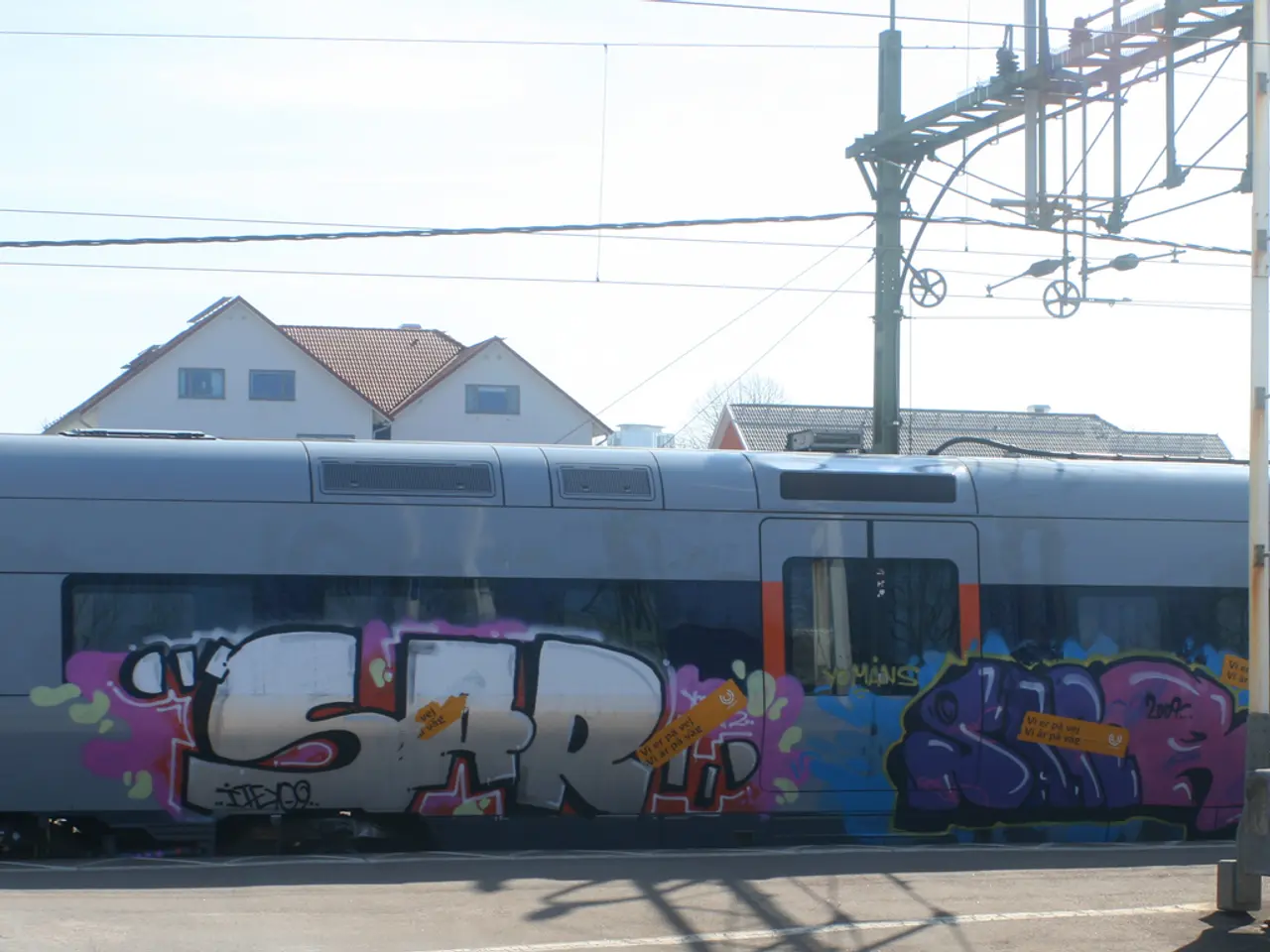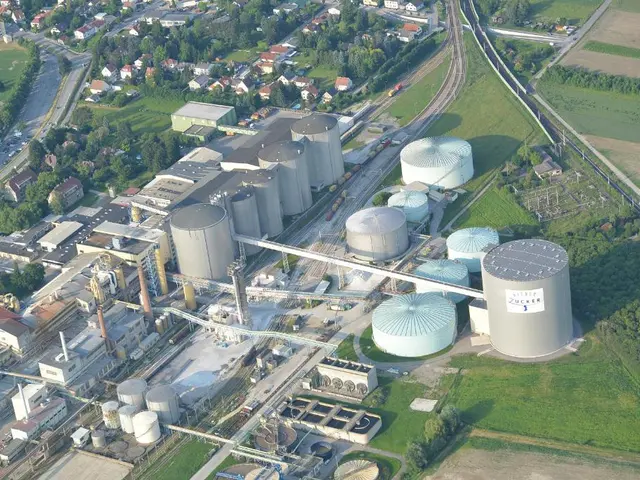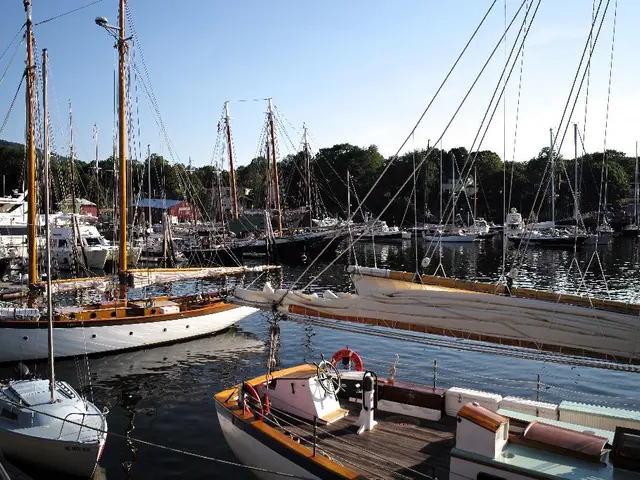Expansion of the Franconia-Saxon Main Line: Progress is being made - Germany approves electrification of key Nuremberg-Schnabelwaid rail route
The long-awaited modernization of the Franconia-Saxony rail corridor has taken a significant step forward. The German Bundestag's Budget Committee has approved planning for the electrification of the rail section between Nuremberg and Schnabelwaid in the Bayreuth district.
This decision comes after Bavaria's commitment to fund the electrification of the section between Schnabelwaid and Bayreuth. The corridor, a critical transport hub connecting Nuremberg, Dresden, and routes into the Czech Republic, has been in need of modernization for decades.
The project's future had been uncertain due to cost-effectiveness concerns. However, a recent reassessment yielded positive results, paving the way for this approval. CSU MP Jonas Geissler described it as a 'decisive leap forward' in replacing Germany's largest diesel-only rail island with electric trains.
The long-term goal is to fully electrify the corridor all the way to Hof, where the necessary infrastructure is already in place from Dresden.
The electrification of the rail section between Nuremberg and Schnabelwaid is a significant step towards modernizing the Franconia-Saxony rail corridor. This decision brings the long-term goal of fully electrifying the corridor closer to reality, improving efficiency and connectivity in the region.








